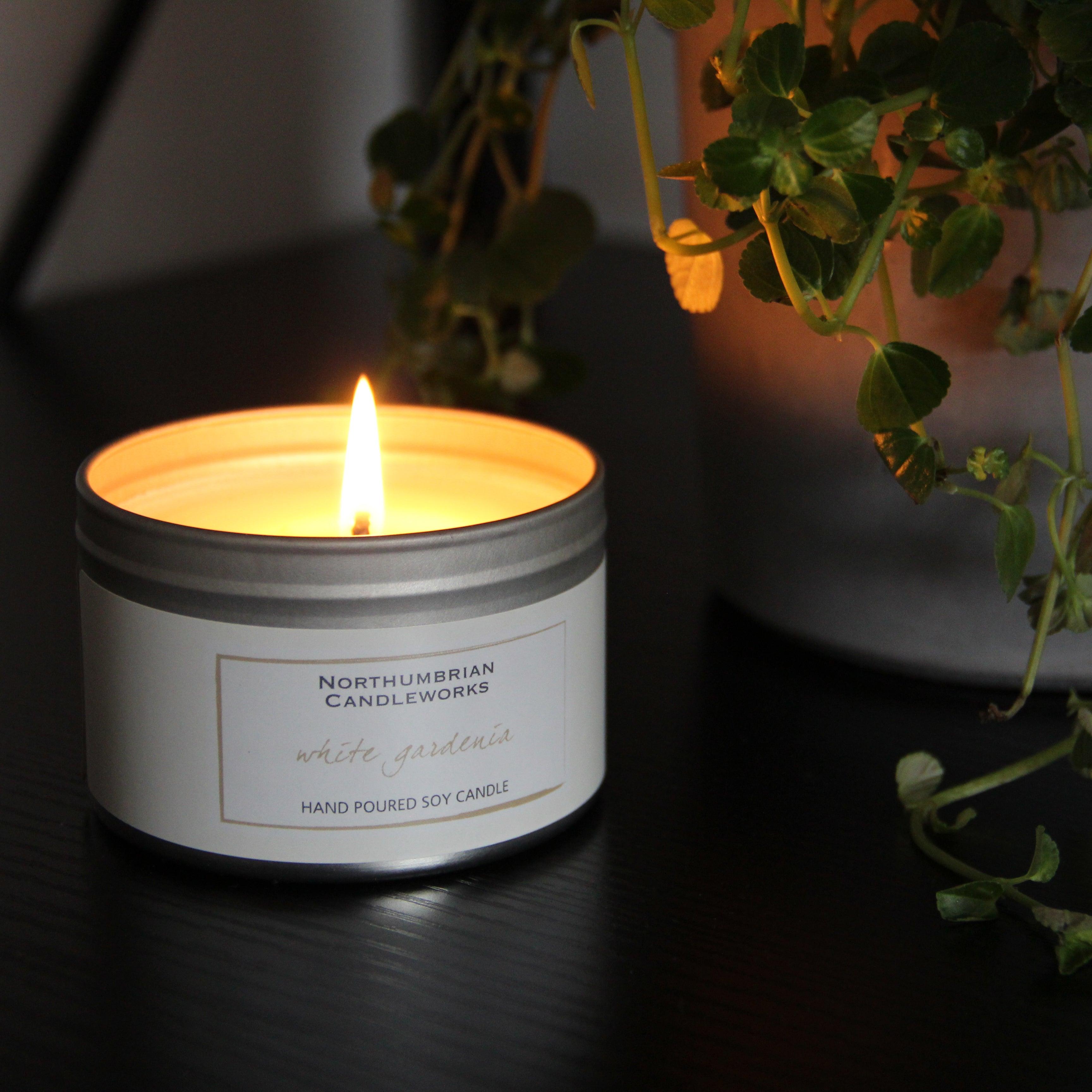Illuminate Your Setting with Crystal Soy Candles and Home Fragrance
Illuminate Your Setting with Crystal Soy Candles and Home Fragrance
Blog Article
From Wick to Wax: Understanding the Chemistry Behind Soy Wax Candles and Their Ecological Influence
As we illuminate our areas with the warm radiance of candles, there lies a realm of intricate chemistry behind the relatively straightforward act of lighting a soy wax candle light. The option in between soy and paraffin wax expands past plain looks, diving right into the realm of environmental impact and the very make-up of the products. Recognizing the molecular framework of soy wax and its burning procedure sheds light on the discharges launched right into our environments. Join us as we untangle the scientific complexities behind soy wax candle lights and explore their effects on our environment.
Soy Wax Vs. Paraffin Wax
When comparing soy wax and paraffin wax for candle making, it is vital to recognize the distinct qualities and advantages of each material. Soy wax is a natural, eco-friendly source stemmed from soybean oil, making it eco-friendly and eco-friendly - soy candles. In contrast, paraffin wax is a result of oil refining, which elevates worries concerning its environmental effect and sustainability
Soy wax candle lights melt cleaner and discharge much less soot compared to paraffin wax candle lights, making them a healthier choice for indoor air high quality. Additionally, soy wax has a lower melting point, enabling for a longer-lasting candle that disperses scent better. Paraffin wax, on the other hand, tends to shed faster and much less easily, possibly releasing unsafe chemicals into the air.
From a sustainability perspective, soy wax is favored for its biodegradability and sustainable sourcing, straightening with the growing customer preference for environmentally conscious items. While paraffin wax has actually been a typical selection in candle light making due to its price and simplicity of usage, the change towards environmentally friendly choices like soy wax is gaining momentum in the market.
Chemical Composition of Soy Wax

Combustion Process in Soy Candles
The chemical composition of soy wax straight influences the burning procedure in soy candle lights, impacting aspects such as shed time, aroma launch, and ecological influence. When a soy candle is lit, the warmth from the flame melts the wax near the wick.
The combustion effectiveness of soy candles is influenced by the pureness of the soy wax and the high quality of the wick. A clean-burning soy candle with an effectively sized wick will certainly reduce and generate a consistent flame soot formation. This not only prolongs the melt time of the candle light yet also improves the release of scents. Additionally, soy wax candles have a lower ecological effect contrasted to paraffin candle lights because of their eco-friendly and renewable nature.

Environmental Advantages of Soy Wax

Taken into consideration a sustainable choice to conventional paraffin wax, soy wax supplies remarkable ecological advantages that make it a prominent selection among eco-conscious customers. One substantial advantage of soy wax is its eco-friendly sourcing. Soy wax is originated from soybean oil, which is primarily cultivated in the United States. The cultivation of soybeans helps sustain neighborhood farmers and minimizes the dependency on non-renewable fossil gas utilized in paraffin wax production. Additionally, soy wax is biodegradable, implying it damages down naturally without launching dangerous toxic substances into the atmosphere. This particular makes soy wax candles a more eco friendly option compared to paraffin wax candle lights, which are made from oil, a non-renewable source. Soy wax burns cleaner and creates less residue than paraffin wax, contributing to better indoor air top quality and minimizing the need for cleaning and upkeep. On the whole, the environmental advantages of soy wax line up with the growing need for environmentally friendly and lasting items in the marketplace.
Recycling and Disposal Factors To Consider
Recycling and proper disposal of soy wax candles play an essential role in keeping ecological sustainability and reducing waste in households and areas. The initial step is to ensure that the candle has actually burned completely when it comes to recycling soy wax candles. This can be achieved by permitting the candle light to melt until the wick is no more usable, and then letting the continuing to be wax cool and solidify. Once the wax has actually solidified, it can be carefully eliminated from the container.

In regards to disposal, if recycling is not an option, soy wax candles are eco-friendly and can be securely disposed of in the majority of home waste systems. It is constantly recommended to inspect with regional reusing facilities or waste monitoring services for certain guidelines on candle light disposal to make certain appropriate handling and ecological protection.
Verdict
Finally, the chemistry behind soy wax candle lights discloses their ecological benefits over paraffin wax candle lights. Soy wax, originated from soybean oil, burns cleaner and creates less residue when contrasted to paraffin wax. The combustion procedure in soy candle lights is much more reliable, leading to a much longer and extra also burn. Furthermore, soy wax is eco-friendly and naturally degradable, making it a more lasting selection for candle production. Reusing and correct disposal of soy wax candles even more add to their environmental effect.
When contrasting soy wax and paraffin wax for candle production, it is crucial to understand the unique attributes and benefits of each material (crystal soy candles).Soy wax candles burn cleaner and produce much less residue contrasted to paraffin wax candles, making them a much healthier selection for interior air top quality.Thought about a lasting choice to typical paraffin wax, soy wax uses remarkable ecological benefits that make it a prominent option amongst eco-conscious consumers. Soy wax burns cleaner and creates less soot than paraffin wax, contributing to better indoor air top home fragrance quality and reducing the need for cleansing and upkeep.In verdict, the chemistry behind soy wax candle lights exposes their environmental benefits over paraffin wax candles
Report this page